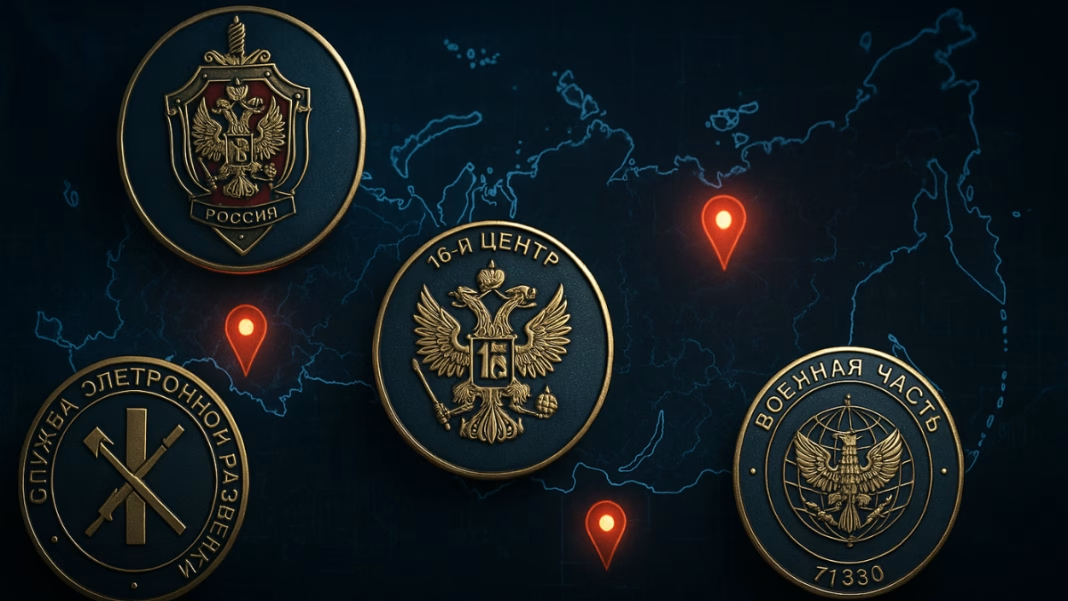In a unusual discovery, a group of researchers in Finland has uncovered new information about a highly secret Russian spy unit. But they didn’t do it by hacking or spying. Instead, they studied small, shiny medals called commemorative badges that are sometimes handed out in secret military and intelligence circles.
A strange discovery reveals a top-secret spy group
These badges, also known as challenge coins, are used by government or military units to mark special events, honor services, or build team spirit. Although they seem simple, they often have hidden clues—like logos, maps, and numbers—that can reveal more than expected.
The researchers who made this discovery belong to an investigation team called CheckFirst. This group uses open-source intelligence or OSINT. This means they collect data from things anyone can see online—like photos, websites, and public records. They don’t break into systems or steal secrets. They simply observe what’s already out there, just like putting puzzle pieces together.
Earlier this month, CheckFirst released a 36-page report titled “OSINT & Phaleristics: Unveiling FSB’s 16th Center SIGINT Capabilities.” It focused on Center 16, also called Military Unit 71330, which is part of Russia’s FSB—the country’s main intelligence agency. This secretive unit is believed to be responsible for cyber spying, both in Russia and abroad.
Challenge coins tell a bigger story
Challenge coins are not new. They first became popular in the U.S. military during World War I and became common during the Vietnam War. Today, they are used in different countries for similar reasons—to honor and motivate.
Many of these coins are eventually sold on public websites like eBay. Others are shown on coin collectors’ pages or manufacturer websites. Because of this, researchers were able to track down several Center 16 challenge coins on Russian websites like GosZnak, SpetsZnak, and Breget—places that make or sell these coins.
But these coins were more than simple souvenirs. They carried signs, codes, maps, and other marks that the CheckFirst team examined closely. Through this unique approach, the researchers discovered far more than expected.
They found that Center 16 is not just one large team. It has at least 10 different smaller directorates, or sections, that each focus on different parts of cyber operations. This includes both defense and offense—meaning they protect Russian data but also try to steal or spy on information from others.
Before this research, only one part of Center 16 had been identified in the public domain. This means the world didn’t know much about how this unit operated. Now, thanks to these challenge coins, the public has a much clearer picture of what Center 16 actually does.
Clues reveal locations of secret spy centers
The coins did not just reveal how the group was organized. They also gave clues about where these secret operations take place.
Some of the coins had tiny maps, numbers, or symbols that gave away geographical hints. Using these visual indicators, the researchers could figure out where nearly a dozen interception sites or spy centers were located across Russia.
Shocking GDPR Complaint Exposes TikTok, WeChat, and AliExpress Over User Data Control
These centers are believed to play a role in gathering intelligence from other countries. They may tap into communications, track online activity, or collect digital data.
The CheckFirst team’s report was able to highlight how a small, overlooked item like a badge can lead to powerful discoveries. These shiny coins, designed to boost morale and honor service, ended up giving away details about one of the most secret groups in Russian intelligence.
Their work proves that even small things can have big meanings—and that, in the digital age, almost nothing can stay fully hidden.





